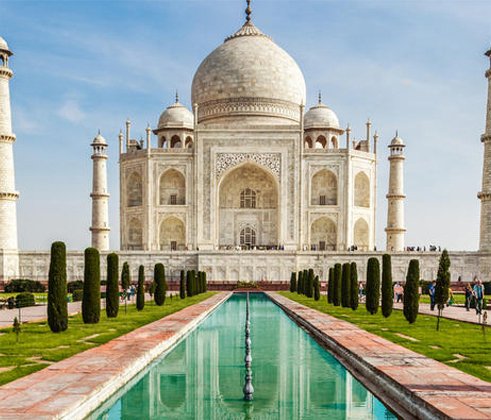How The Rich Heritage of Indian Art and Architecture is all about
The rich heritage of Indian art and architecture has been shaped by centuries of diverse cultural influences and historical events. From the ancient Indus Valley Civilization to the Mughal Empire, India has produced some of the world's most magnificent structures and stunning works of art. In this article, we'll take a closer look at some of the most iconic and significant examples of Indian art and architecture.
One of the earliest examples of Indian art and architecture can be found in the ruins of the Indus Valley Civilization, which flourished from 3300 BCE to 1300 BCE. This ancient civilization was known for its sophisticated urban planning and impressive brick structures, as well as its delicate seals and pottery.
One of the most iconic examples of Indian architecture is the Taj Mahal, a stunning mausoleum located in Agra. Commissioned by the Mughal emperor Shah Jahan in memory of his beloved wife, Mumtaz Mahal, the Taj Mahal is considered one of the greatest masterpieces of Mughal architecture. The white marble structure is adorned with intricate carvings, inlaid with precious stones, and surrounded by lush gardens.
The Hampi ruins, located in the southern state of Karnataka, are another testament to the grandeur of Indian architecture. This World Heritage site was once the capital of the Vijayanagara Empire and is home to a large number of impressive temples, palaces, and other structures. The iconic Virupaksha Temple, dedicated to the Hindu god Shiva, is one of the largest and most well-preserved structures in the ruins.
In southern India, the city of Madurai is known for its stunning Meenakshi Temple, a towering example of Dravidian architecture. The temple is dedicated to the Hindu goddess Meenakshi and is renowned for its vibrant gopurams, or tower gateways, which are covered in intricate carvings and sculptures.
The rock-cut cave complexes of Ajanta and Ellora, located in the western state of Maharashtra, are another remarkable example of Indian art and architecture. These caves, dating back to the 2nd century BCE to the 10th century CE, were carved out of solid rock and contain stunning murals and sculptures depicting scenes from Buddhist mythology and history.
In conclusion, the rich heritage of Indian art and architecture is a testament to the diverse cultural influences and historical events that have shaped the country. From the ancient Indus Valley Civilization to the grand Mughal structures, India has produced some of the world's most magnificent structures and works of art. Today, these iconic examples continue to be treasured and revered, and they serve as a reminder of the country's rich cultural heritage.

Comments
Post a Comment